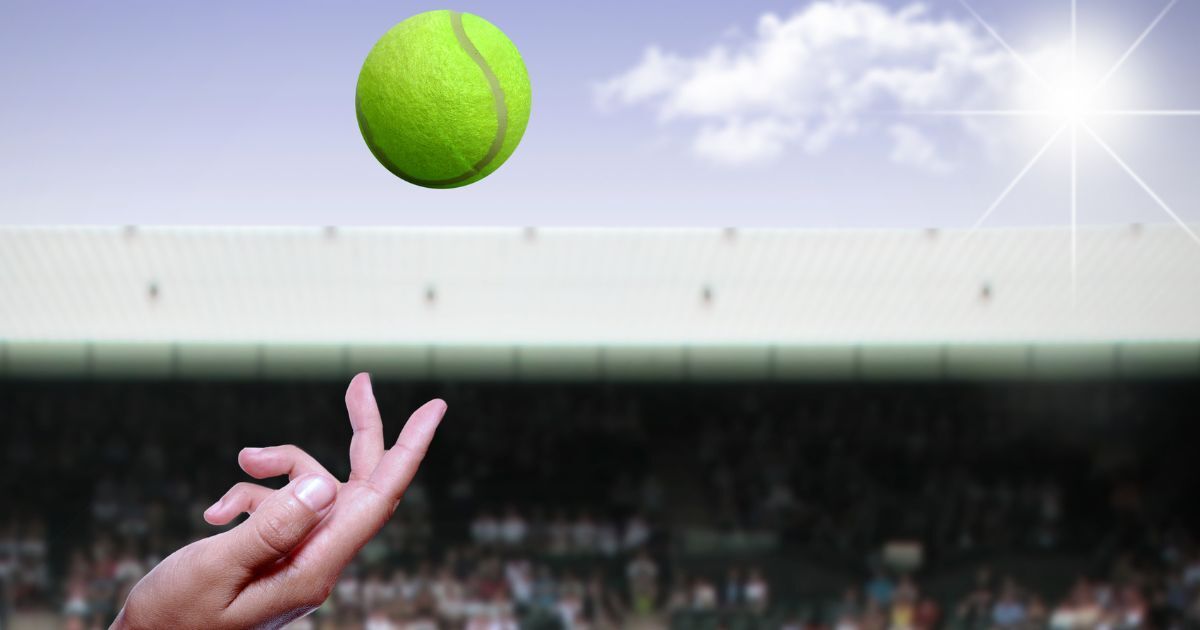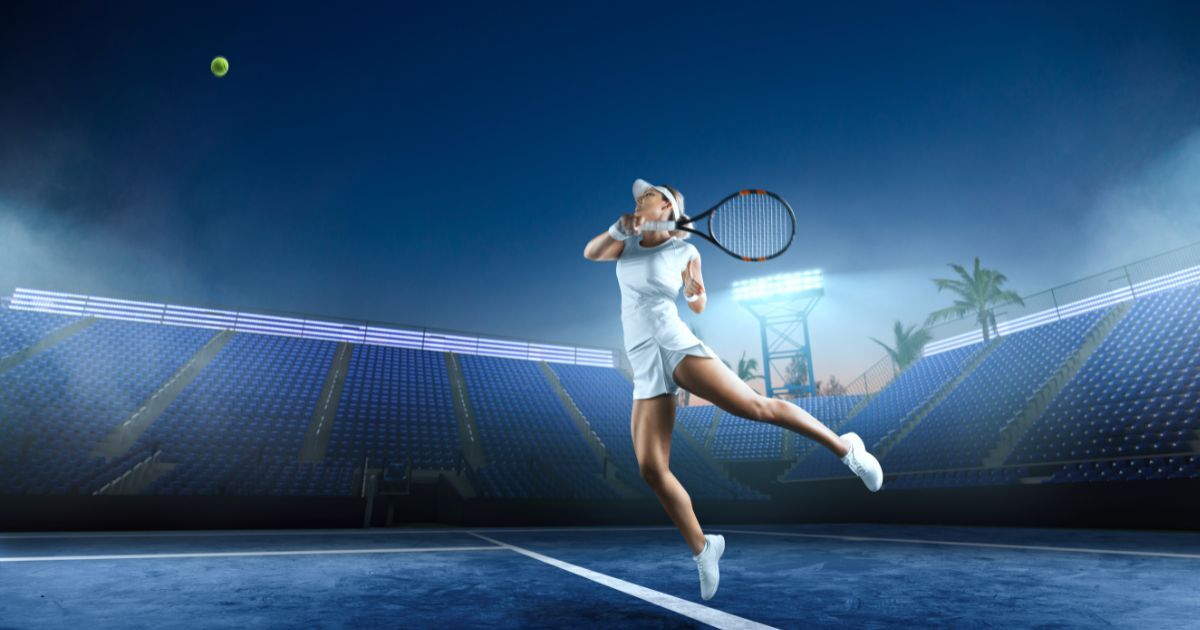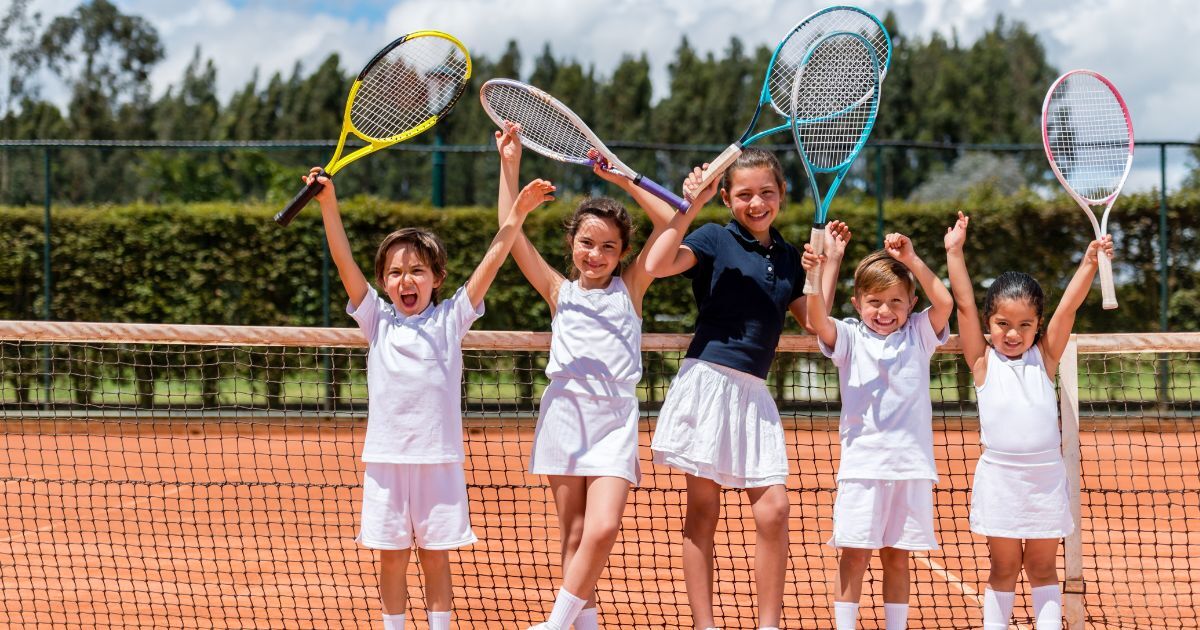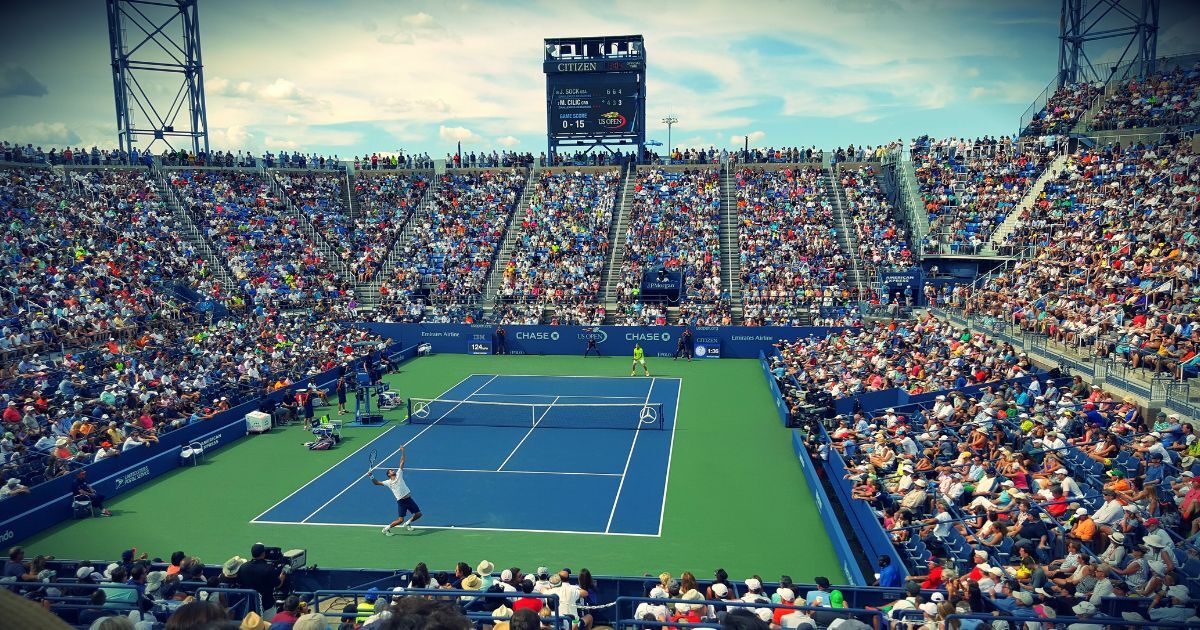
- The French Open used VR and AR to enhance audience engagement and make the event accessible for both on-site and remote viewers.
- Fans could virtually play on the Philippe-Chatrier Court, creating memorable interactions that build loyalty.
- VR and AR transformed viewing into interactive experiences, appealing to tech-savvy younger audiences.
- Combining tradition with modernity, VR and AR provided real-time data to enhance match enjoyment.
- The French Open showed the importance of integrating technology into the customer experience to elevate brand connection.
- Brands should create seamless, intuitive experiences that complement their core products, enhancing identity and engagement.
- VR and AR bridge digital and physical experiences, allowing brands to craft engaging stories that align with their values.
- ProfitOptics specializes in digital strategies using the latest technologies to deliver impactful customer experiences, guiding brands from conceptualization to execution.
-

How the French Open Is Revolutionizing Fan Engagement through VR and AR
In the vibrant world of sports, engaging audiences extends far beyond the physical confines of the stadium. At this year's French Open, the fusion of virtual reality (VR) and augmented reality (AR) technologies with live sports provided a compelling glimpse into the future of fan engagement and brand enhancement. Through immersive VR tennis experiences and AR applications, the event showcased how cutting-edge technology can enrich the fan experience and extend a brand’s influence.
A Brief (Personal) Interlude Before We Commence
Making this about me for a very brief moment…
Since the late 1980s, I have been an avid spectator of tennis, cultivating a deep and abiding passion for the sport. Over the years, I have amassed an extensive knowledge of every match statistic, a testament to my dedication, which is further exemplified by my Monica Seles tattoo (it’s fine, she’s seen it!)—an homage to a tennis legend and my personal hero (sorry, mom!).
My life's goal has been to visit every major tennis tournament at least once, a dream that took me from the stands at Indian Wells to the iconic clay courts of Roland-Garros. While attending the Indian Wells Masters with family friends, a spontaneous decision (fueled perhaps by a bit of white wine), we set our sights on the French Open.
Stepping onto the hallowed grounds in the Bois de Boulogne of Paris fulfilled a lifelong dream, immersing me in the rich history and tradition of this prestigious tournament. A tournament won 3 years in a row by my hero, Monica Seles.
The French Open, formally known as Roland-Garros, is one of the four prestigious Grand Slam tennis tournaments and is renowned for its challenging clay courts. Held annually in Paris, France, it is the premier clay court tennis championship event in the world and the second of the Grand Slams on the annual tennis calendar. Known for its rigorous matches and unique playing conditions, the French Open has a storied history that dates back to 1891. The tournament not only tests the endurance and skill of its competitors but also attracts millions of fans from around the globe, celebrating both the heritage and future of tennis.
So what can we as digital stewards of brands and customers learn from the in-person experience in the City of Light?
Let’s jump in!

1. Digital Strategy and the Customer Journey
The French Open's integration of VR and AR into their fan experience was not merely an entertaining add-on but a strategic move designed to deepen audience engagement and enhance the customer journey. "By employing these technologies, we’re able to create a multi-layered experience that caters to both on-site and remote viewers, making the tournament accessible and engaging for everyone," explained the event's digital strategy manager.
At the heart of this strategy was the "Virtual Reality Tennis" exhibit, a setup that allowed fans to step into the shoes of professional tennis players. Equipped with VR headsets and controllers, participants could virtually experience playing in the renowned Philippe-Chatrier Court. "This immersive experience isn’t just about simulating match play; it’s about deepening fans' connections to the sport by giving them a firsthand taste of professional play," said a VR experience designer at the event.
Such digital enhancements are pivotal. They serve as touchpoints that extend the customer journey beyond mere spectating, offering interactive experiences that are both memorable and sharable. For a brand, these moments of interaction are valuable for building lasting relationships with users, creating positive associations that enhance customer loyalty and brand affinity.

2. Making the Brand's Experience Fun and Relevant
The relevance of integrating VR and AR into sports events lies in their ability to transform traditional viewing into an interactive and enjoyable experience. At the French Open, the use of VR not only added an element of fun but also aligned with the growing trend of gamification in marketing strategies. This approach appeals particularly to younger audiences, who are both tech-savvy and in search of dynamic and engaging experiences.
By leveraging VR, the French Open positions itself as a forward-thinking brand that embraces innovation to enhance its offering. This modern approach not only increases the event's appeal to a broader audience but also sets a benchmark in the sports industry for how technology can be used to amplify user engagement and fun.
3. Creating an Engaging Overall Experience
The overarching goal of incorporating these technological innovations is to create a more engaging overall experience for every attendee and viewer. The VR setups at the French Open did not exist in isolation; they were part of a larger narrative that the event sought to convey—one of tradition meeting modernity. This narrative is crucial for brand storytelling, as it resonates with a wide range of demographics, from traditional tennis fans to tech enthusiasts.
Moreover, the AR applications used during the event allowed fans to access real-time data and statistics, enhancing their understanding and enjoyment of the matches. These features ensure that the experience is not only immersive but also informative, providing value that goes beyond the technology's initial wow factor.

4. What This Means for Your Brand and How You Can Learn from the French Open
The French Open's successful deployment of VR and AR technologies serves as a prime example for brands looking to innovate within their own markets. The key takeaway is the importance of integrating technology not just as a novelty, but as a fundamental part of the customer experience. This approach can significantly elevate a brand’s profile and its connection with consumers.
For brands considering similar strategies, it is essential to focus on creating seamless, intuitive, and enjoyable experiences that complement and enhance the core product or service. The goal should be to use technology to create a distinctive brand identity that stands out in a competitive landscape.
Moreover, the ability of VR and AR to bridge the gap between digital and physical experiences presents an opportunity for brands to craft unique, engaging narratives that resonate with consumers on multiple levels. The key is to ensure these technologies are leveraged to tell stories that are not only entertaining but also align with the brand’s values and customer expectations.

If You Want to Get Started, Let's Talk Strategy
Adopting a digital strategy similar to the French Open's use of VR and AR is a powerful way to connect with today's tech-savvy consumers and elevate your brand experience. At ProfitOptics, we specialize in crafting bespoke digital strategies that harness the latest technologies to deliver impactful customer experiences.
Whether you are looking to introduce VR and AR into your offerings or seeking to refine an existing digital strategy, our team is here to guide you through every step of the process. From conceptualization to execution, ProfitOptics ensures that your strategy can be upscaled, implemented and enhanced over time ensuring your business stands apart and your customers’ needs are met and exceeded.
About ProfitOptics
ProfitOptics is an innovative leader in the field of custom software development, specializing in transforming complex business challenges into streamlined digital solutions. With a strong focus on client engagement and digital strategy, ProfitOptics collaborates closely with clients to design and deliver tailor-made software that drives profitability and efficiency.
Based on core values of customer centricity, authenticity, passion, curiosity, and agility, the company is dedicated to empowering businesses through collaborative development of digital experiences.
As a trusted partner in the industry, ProfitOptics is committed to helping clients achieve their strategic goals with cutting-edge technology and a deep understanding of digital ecosystems.
Contact us today to differentiate your business.



